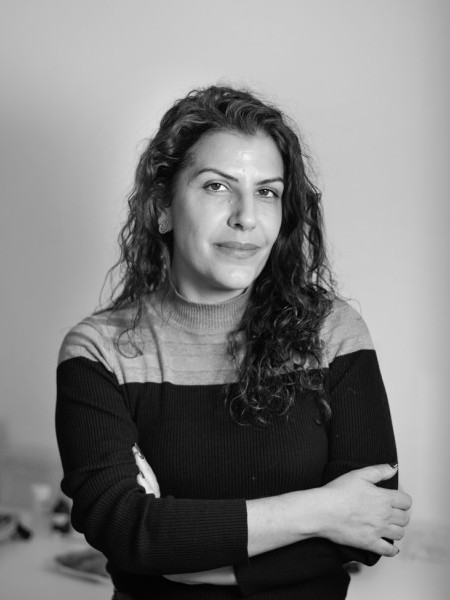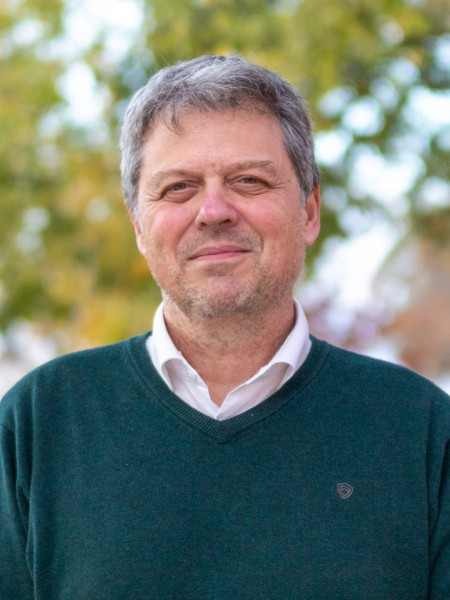abstract
A critical step in tissue engineering is the design and synthesis of 3D biocompatible matrices (scaffolds) to support and guide the proliferation of cells and tissue growth. The most existing techniques rely on the processing of scaffolds under controlled conditions and then implanting them in vivo, with questions related to biocompatibility and implantation that are still challenging. As an alternative, it was proposed to assemble the scaffolds in loco through the self-organization of colloidal particles mediated by cells. To overcome the difficulty to test experimentally all the relevant parameters, we propose the use of large-scale numerical simulation as a tool to reach useful predictive information and to interpret experimental results. Thus, in this study, we combine experiments, particle-based simulations, and mean-field calculations to show that, in general, the size of the self-assembled scaffold scales with the cell-to-particle ratio. However, we have found an optimal value of this ratio, for which the size of the scaffold is maximal when the cell-cell adhesion is suppressed. These results suggest that the size and structure of the self-assembled scaffolds may be designed by tuning the adhesion between cells in the colloidal suspension.
keywords
FIBER DIAMETER; TISSUE; DESIGN; MICROPARTICLES; BIOMATERIALS; PROLIFERATION; ADHESION
subject category
Science & Technology - Other Topics; Materials Science
authors
Dias, CS; Custodio, CA; Antunes, GC; da Gama, MMT; Mano, JF; Araujo, NAM
our authors
acknowledgements
We acknowledge the financial support from the Portuguese Foundation for Science and Technology (FCT) under contract nos. PTDC/FIS-MAC/28146/2017 (LISBOA-01-0145FEDER-028146), UIDB/00618/2020, UIDP/00618/2020, and CEECIND/00586/2017. This work was also developed within the scope of the project CICECO-Aveiro Institute of Materials, UIDB/50011/2020 and UIDP/50011/2020, financed by national funds through the Portuguese Foundation for Science and Technology/MCTES. We also acknowledge the funding from the European Research Council (ERC) for project ATLAS (ERC-2014-ADG-669858).



